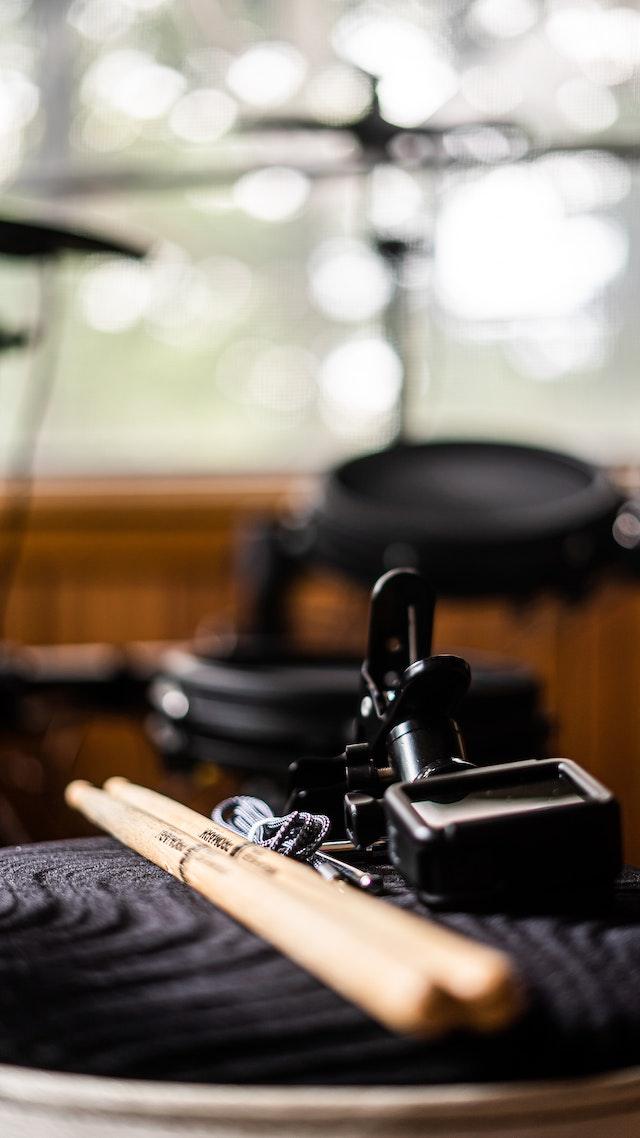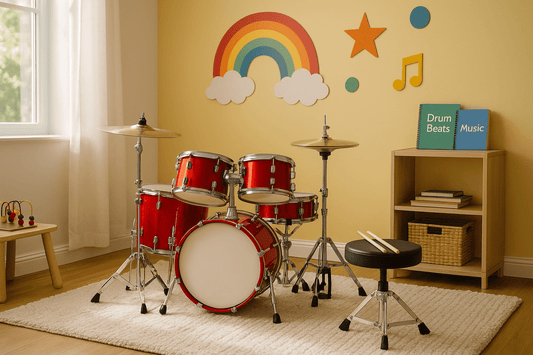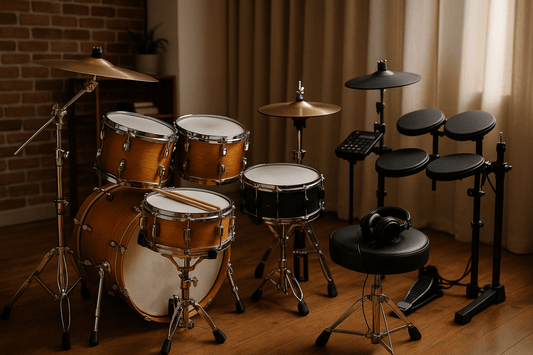The Ultimate Guide to Setting Up Your Electric Drum Kit
Setting up your electric drum kit correctly is essential for an optimal drumming experience. Whether you're a beginner or an experienced drummer, this ultimate guide will walk you through the process step by step. By the end, you'll have a fully functional electric drum kit ready to unleash your rhythm and creativity.
Introduction
When it comes to drumming, electric drum kits offer numerous advantages over traditional acoustic drums. They are compact, versatile, and can be played with headphones for silent practice. Moreover, they allow you to experiment with a wide range of sounds and effects. In this guide, we will explore everything you need to know to set up your electric drum kit like a pro.
Choosing the Right Electric Drum Kit
Before diving into the setup process, it's crucial to choose the right electric drum kit for your needs. Consider factors such as your budget, skill level, and desired features. Research different brands and models, read reviews, and compare specifications to find the perfect match. Don't forget to factor in the quality of drum pads, sound module capabilities, and additional accessories.
Setting Up the Hardware
Once you've selected your electric drum kit, it's time to set up the hardware. Begin by assembling the drum rack according to the manufacturer's instructions. Ensure the rack is stable and secure. Next, attach the drum pads, cymbals, and double kick pedal to the rack. Pay attention to their positioning, height, and angle to ensure ergonomic and comfortable drumming.
Connecting the Sound Module
The sound module is the brain of your electric drum kit. It generates sounds and controls various settings. Connect the drum pads to the electronic drum amplifier using the appropriate cables, typically included with your kit. Be mindful of cable management to avoid clutter and interference. Position the drum amp within easy reach, ensuring visibility of the display and controls.
Adjusting the Sound and Settings
To get the best sound and response from your electric drum kit, spend time adjusting the settings on the sound module. Navigate the module's interface to customize sensitivity, volume levels, and sound parameters. Experiment with different drum kits, percussion sounds, and effects. Take advantage of built-in metronomes and practice tools to enhance your playing experience.
Adding Accessories and Upgrades
To further expand your electric drumming possibilities, consider adding accessories and upgrades. Drum triggers can be attached to acoustic drums to blend both worlds. Expansion pads offer additional playing surfaces and sounds. Upgrade using a nylon luminous glow drum stick. You can also connect your electric drum kit to a computer using MIDI or USB interfaces, opening up a world of recording and virtual instrument possibilities.
Playing and Practicing Techniques
Now that your electric drum kit is fully set up, it's time to hone your drumming skills. Practice proper drumstick grip and technique to ensure efficient and comfortable playing. Explore various drumming exercises and practice routines to improve your timing, coordination, and creativity. Take advantage of the built-in metronome and practice tools to track your progress and challenge yourself.
Maintenance and Care
Regular maintenance and care will prolong the life of your electric drum kit. Clean the drum pads, cymbals, and hardware regularly using a soft cloth or specialized drum cleaning products. Inspect and adjust the components periodically to ensure optimal performance. When not in use, store your drum kit in a safe and dry place, protecting it from dust and potential damage.
Troubleshooting Common Issues
While electric drum kits are generally reliable, you may encounter some common issues. Latency, the delay between hitting a pad and hearing the sound, can be minimized through proper settings and audio interface configuration. Cross-talk, unintended triggering of nearby pads, can be resolved by adjusting sensitivity and isolation. Refer to the manufacturer's troubleshooting guide or seek assistance if necessary.
Conclusion
Setting up your electric drum kit correctly is crucial for a rewarding drumming experience. By carefully selecting the right kit, assembling the hardware, connecting the sound module, adjusting the settings, and adding accessories, you'll unlock the full potential of your electric drum kit. Remember to practice regularly and maintain your kit for optimal performance and longevity.
FAQs
FAQ 1: How much space do I need to set up an electric drum kit?
The space required for an electric drum kit depends on the specific model and your personal preferences. A compact kit can fit in a relatively small area, while larger kits may require more space. Ideally, allocate enough room for comfortable drumming and movement without any obstructions.
FAQ 2: Can I connect my electric drum kit to headphones or an amplifier?
Yes, most electric drum kits have headphone outputs and can be connected directly to headphones for silent practice. Additionally, many kits offer audio outputs to connect to amplifiers, PA systems, or recording devices, allowing you to share your drumming with others.
FAQ 3: Are electric drum kits suitable for beginners?
Absolutely! Electric drum kits are an excellent choice for beginners. They provide a quieter practice environment, offer a wide range of sounds and styles, and allow for easy experimentation. With built-in practice tools and coaching features, beginners can develop their skills and enjoy a rewarding drumming experience.
FAQ 4: Can I use my electric drum kit for live performances?
Yes, electric drum kits can be used for live performances. They offer advantages such as easy sound customization, consistent volume control, and the ability to connect to PA systems or sound reinforcement equipment. Many professional drummers use electric drum kits in various musical settings.
FAQ 5: How do I record my electric drum kit?
Recording your electric drum kit is a breeze. You can connect the sound module directly to a computer using MIDI or USB interfaces. This allows you to record your drumming performances using digital audio workstation (DAW) software or trigger virtual instruments for endless sonic possibilities.




